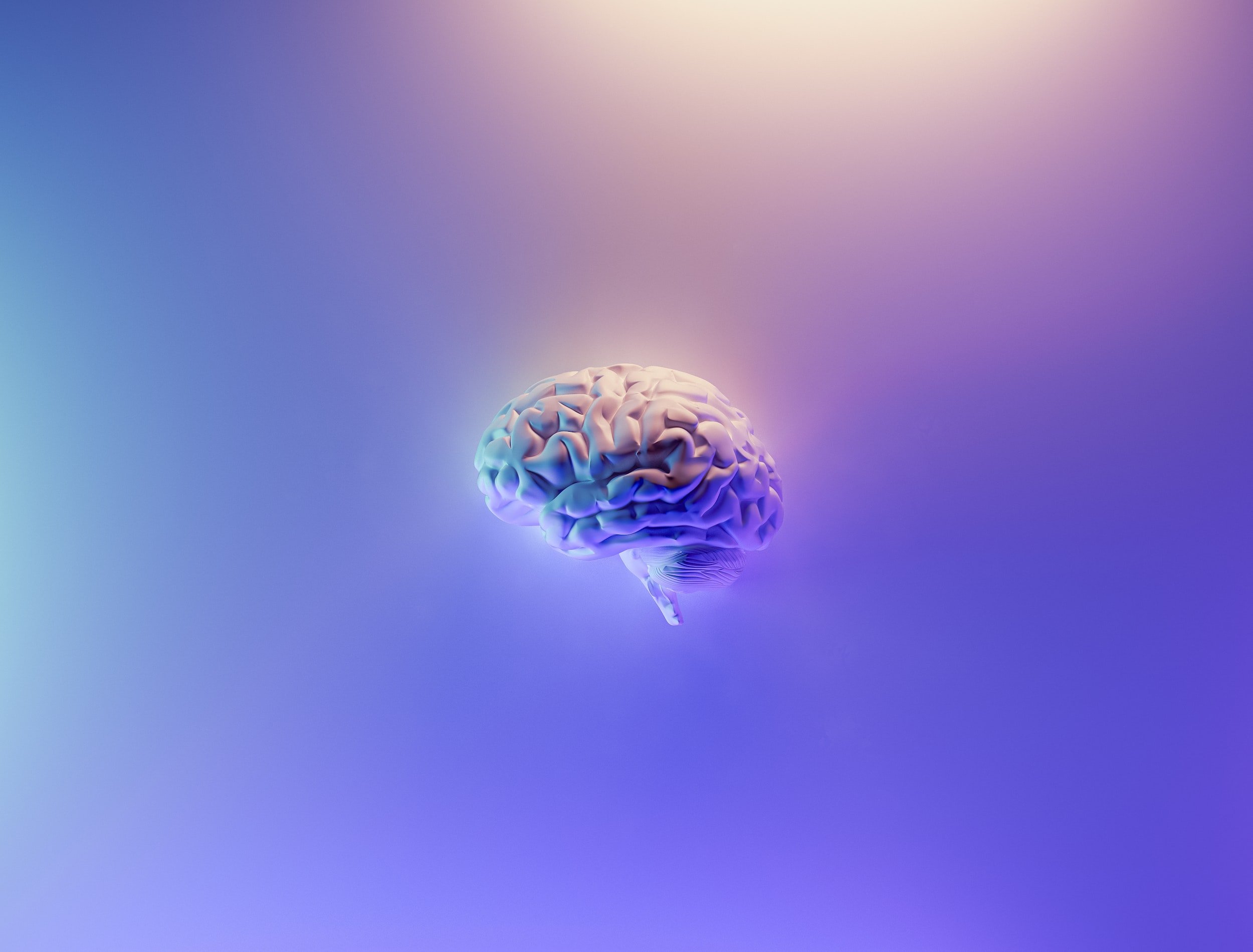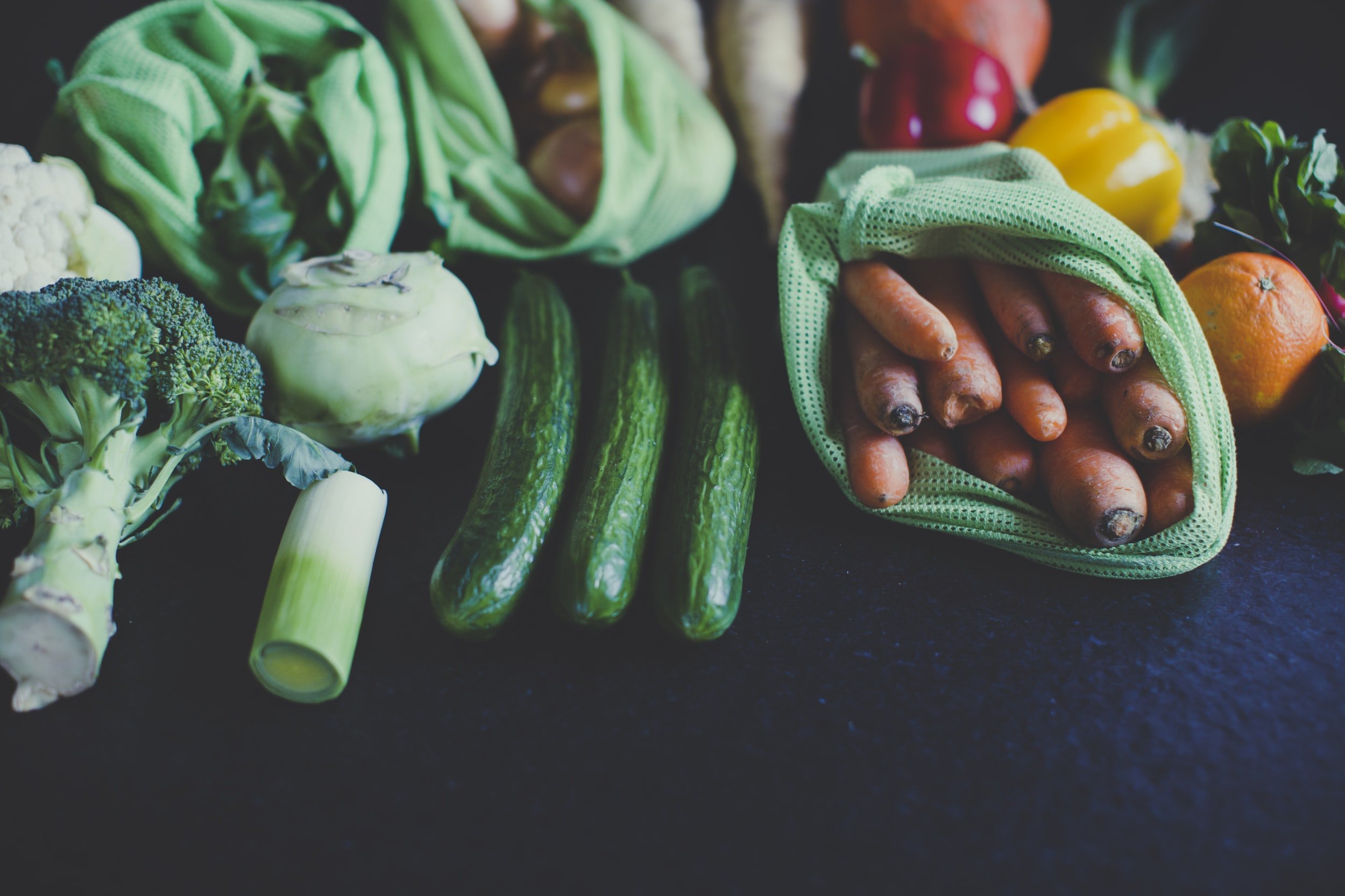“I failed another diet, now what?” A Blog on Intuitive Eating by Emily Presbrey MS, RD, LDN
Emily is a Certified Intuitive Eating Counselor
As a dietitian, you are correct:
I care about nutrition!
AND I care a lot about your relationship with food and your body. Diet culture keeps us in a space of being disconnected from our bodies, and puts a major wedge in our relationship with food and our bodies.
The global weight loss industry was valued at $224.27 billion in 2021 and is expected to surpass $405.40 billion by 2028. It may sound harsh, but these weight loss companies do not care about your health-they want your money! We live in a fast paced, high pressure world. Many people feel the pressure to change their bodies and we are taught to hold the belief that if only we reached X number of pounds we would be happier and live a more fulfilling life. Diet culture teaches us to use external factors to guide the eating process (counting calories, timed eating, macros, etc.). In contrast, intuitive eating is a process in which individuals learn to tune into their internal signals. If you’ve spent years following diets or self-imposed food rules, it can be a challenge to tune inward and trust your body. With patience, it is possible!
Intuitive Eating was originally published in 1995 by Evelyn Tribole, MS, RDN, CEDRD-S and Elyse Resch, MS RDN, CEDRD-S, FAND. Per Evelyn Tribole and Elyse Resch, “Intuitive eating is a self care framework, which integrates instinct, emotion, and rational thought. It is a weight inclusive, evidence-based model with a validated assessment scale.”
Humans experience a powerful interplay of instinct, emotion, and thought-all mediated by the brain. There are 3 parts of the brain that make this integration possible. The reptilian brain (instinct), the limbic brain (emotions and social behavior), and the rational brain (integrates instants and feelings from the other two parts of the brain) all work together to make us… human! Intuitive Eating acknowledges and honors all three parts.
The foundation for Intuitive Eating is Interoceptive Awareness. Interoceptive Awareness is your ability to perceive physical sensations that arise from within your body. This includes basic states like feeling a distended bladder, hunger and satiety cues, the feeling of a racing heartbeat with anxiety, etc. When we dive into the 10 Principles of Intuitive Eating, it is important to recognize that each principle either enhances or removes the obstacles to Interoceptive Awareness.
What are the principles of Intuitive Eating?
Reject the Diet Mentality
Honor your Hunger
Make Peace with food
Challenge the Food Police
Respect your Fullness
Discover the Satisfaction Factor
Cope with your Emotions with Kindness
Respect your Body
Movement-Feel the Difference
Honor your Health with Gentle Nutrition
Improves Interoceptive Awareness
Honor your Hunger
Respect your Fullness
Discover the Satisfaction Factor
Movement - Feel the difference
Removes Obstacles to Interoceptive Awareness
Reject the diet mentality
Make peace with food
Challenge the Food Police
Cope with your emotions with kindness
Respect your Body
Honor your health with Gentle Nutrition
You may have heard the buzz word, “Intuitive Eating," and been convinced, “YES! I do want to be an Intuitive Eater!”, but then ask
What does that look like?
While on your journey towards becoming an intuitive eater, you will move through various stages as you learn and apply these principles. This is not a failure, but instead is typical in the process. Many people find intuitive eating after hitting “diet rock bottom”. At this point, a person may find that they have “failed” every diet, feel disconnected from their body’s innate signals, and some find themselves coping with difficult emotions through food. A person might question, “so what’s next?” and then enter stage one of readiness.
After deciding to try something “new”, a person enters stage two of the exploration stage, where they are consciously learning how to tune inward. This phase may feel a bit awkward, but much like learning to drive a car, it becomes natural over time. At this stage, you’ll begin to make peace with food, give yourself unconditional permission to eat and learn to align with your hunger and fullness. I often use the language of “experimentation” in this phase of becoming an intuitive eater and reverting to old thoughts and behaviors can be utilized as “learning experiences”. Moving towards intuitive eating with the mindset of experimentation allows us to come from a place of curiosity rather than judgement. It also allows us to celebrate small “wins” along the way and pull back from the overwhelming feelings associated with the long term goal of becoming an intuitive eater.
Stage three is the crystallization stage, where you uncover the true intuitive eater inside of you and the exploration from earlier stages begin to “crystalize” and become a solid change in thought and behavior. Stage four: the intuitive eater awakens! This is the culmination of all the hard work you put into the first 3 stages cultivating into a comfortable eating style that honors your body. Finally, you will achieve the final stage of treasure the pleasure, where it becomes natural to trust your body’s intuitive abilities.
This process is NOT perfect.
This process is NOT linear. This process IS powerful and life changing. You CAN let go of the diet culture noise and (re)learn to respect and honor your body and ultimately, treasure the pleasure of a healthy relationship with food and your body.
What diet culture belief can you begin to let go of to embark on your Intuitive Eating journey?
Tribole, E., & Resch, E. (2020). Intuitive eating: A revolutionary anti-diet approach (4th ed.). St. Martin's Essentials.







